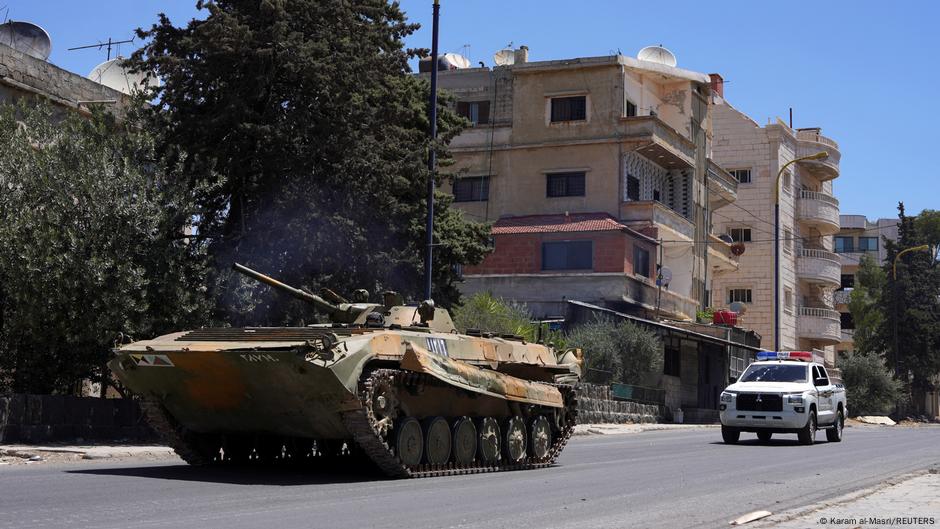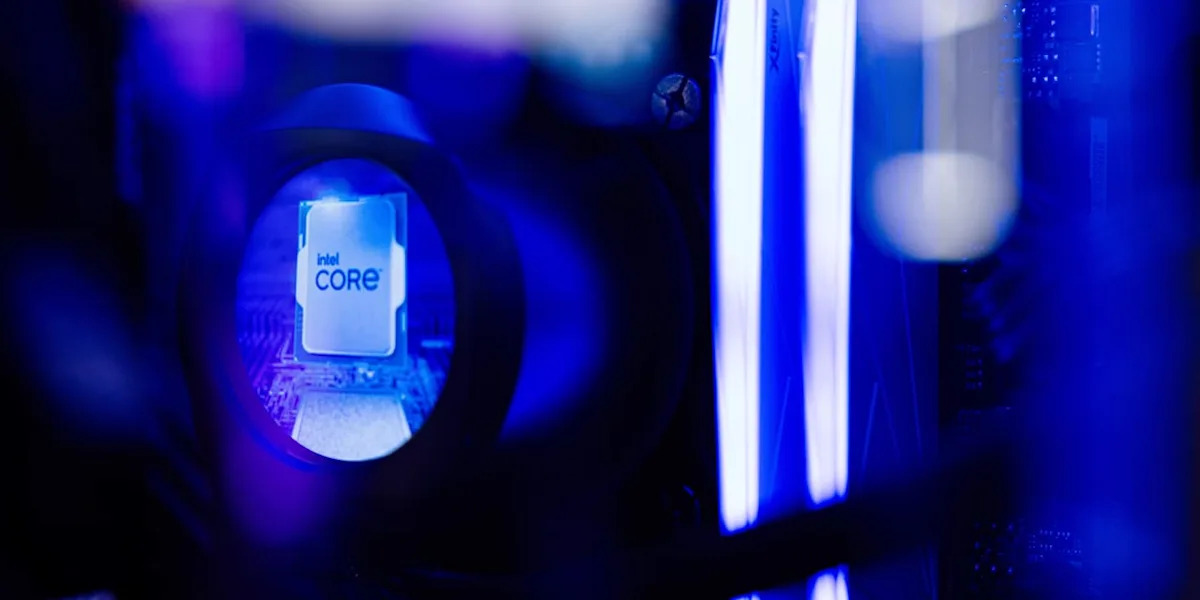The national government of Syria has announced a new ceasefire to end clashes between Druze and Sunni militias around the southern city of Sweida. According to the London-based Syrian Observatory for Human Rights, more than 300 people were killed and many more injured through Wednesday.
The clashes were reported to have begun after a Druze youth was beaten and robbed by members of the Sunni Bedouin community on a highway between the capital, Damascus, and Sweida on Sunday. Druze fighters then kidnapped Bedouins, which spurred further violence.
The government sent troops into Sweida, located about 100 kilometers (60 miles) south of the capital, Damascus, to quell the violence. Aymenn Jawad al-Tamimi, a journalist specializing in Syria and Iraq, stated on X that Druze fighters initially resisted the troops, but eventually handed over their weapons.
On Tuesday, SOHR reported that forces from the Defense and Interior ministries and aligned fighters had executed 19 Druze civilians. Stating that it was acting to protect the Druze population, Israel carried out attacks on the army’s headquarters in Damascus and the Sweida region on Wednesday.
Israeli Prime Minister Benjamin Netanyahu and Defense Minister Israel Katz reiterated in a statement that the strikes sought to prevent Syria’s government from harming the Druze population. In Israel, the Druze are seen as a loyal minority and often serve in the army.
Conflicts and crime
The clashes in Sweida are part of long-running conflicts between different populations, Bente Scheller, the head of the Middle East and North Africa division of Germany’s Heinrich Böll Foundation, told DW. “In Syria, many groups feel that their concerns or rights are not sufficiently taken into account,” Scheller said. “In relation to other groups, they feel that they are at a disadvantage, which then leads to violence.”
The main issues in the Sweida area were conflicts about cultural or religious identity and violent crime, which is linked to the drug smuggling that once flourished here, she added.
Months of conflict
In April and May, clashes erupted between Druze and government-affiliated in the Damascus suburb of Jaramana. In March, an ambush on government forces by Alawites, the minority to which the ousted dictator Bashar Assad belongs, preceded days of sectarian violence and revenge attacks, including by fighters with links to government forces. More than 1,300 people were killed. Many Syrians see the Alawites as supporters of the toppled regime.
The current government does not as a whole explicitly favor any individual group. “It is simply too pluralistic for that,” Andre Bank, a research fellow who specializes in Syria at the Hamburg-based GIGA Institute for Middle East Studies, told DW. “The question is how things are supposed to continue if the government does neither have violent local actors nor some of its own troops under control,” he said.
Should members of the government condone such violence, Bank said, “massive interconfessional clashes are likely to continue.”
Pressure’s on Al-Sharaa
It remains to be seen whether President Ahmed al-Sharaa will be able to prevent widespread violence in Syria.
In June, US President Donald Trump lifted sanctions on Syria, following the EU, which had done so in May. The US and EU have, however, stated their high expectations regarding the protection of minorities in Syria.
In late June, a suicide attack at a Christian church in Damascus showed the difficulty of meeting these expectations. Twenty-five people were killed. Since then, Syrian Christians have called on their government to make greater efforts to protect them. Some told DW that they would consider leaving the country.
The Interior Ministry has blamed the Islamic State(IS) terror group for the attack. “Other names have also been mentioned in the public debate,” Scheller said, including an armed group in which former members of the Hayat Tahrir al-Sham (HTS) group are believed to be fighting. Al-Sharaa was the leader of HTS before the fall of Assad. “Of course, it would be more convenient for him to shift the responsibility for the attack onto IS,” Scheller said.
Syrians are also suspicious of the government’s response to the attacks on the Alawites. Despite the government’s promise to set up a commission of inquiry, it has yet to produce any results. “Many people have the impression that the government lacks seriousness or even the will to investigate,” Scheller said.
The government lacks money for the tasks ahead, from drafting a new electoral law to rebuilding the state apparatus and establishing a federalist bureaucracy. Investigations into the clashes and attacks might be overstretching the workload of the government, which also has to keep an eye on the interests of another minority: the Kurdsin the north of the country, who want to remain part of the Syrian state but are also demanding extensive autonomy. For years, they have been fighting forces aligned with Turkey’s government in northern Syria.
The government will be dealing with these conflicts for a long time to come.
This article was originally published in German.


